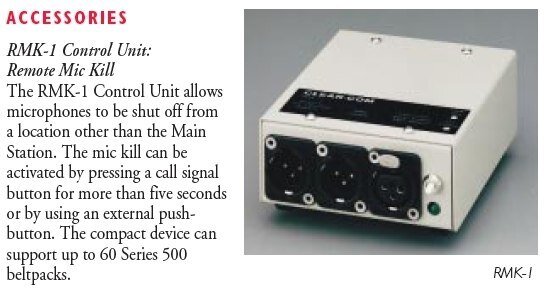I spent some time at a theatre today where a well-known lighting designer was teching through a show. However, this designer is also known for always forgetting to turn off his headset before shouting across the theatre to the stage/director/stage manager/other designers, etc. (anyone know who it is yet?  ). I noticed that the Associate LD had rigged up a cutoff switch in a small box that he kept at his table and would push whenever the designer started to talk to others, to save the ears of everyone on com. I didn't get a chance to examine this closer, but I'd be really interested in rigging up one of my own.
). I noticed that the Associate LD had rigged up a cutoff switch in a small box that he kept at his table and would push whenever the designer started to talk to others, to save the ears of everyone on com. I didn't get a chance to examine this closer, but I'd be really interested in rigging up one of my own.
Any thoughts on how I could do this? I'm assuming I'd want it in between the headset and the com station, so that you don't need a separate button for each channel. Also, the device should cut out the microphone, but leave the speaker connected. And finally, because this will often be used in a dark theatre, it would be great if an indicator light could be wired into the circuit, ideally pulling voltage from the com line (if it can be done without disrupting the signal, obviously), but I'm happy as long as I don't need to connect it to AC power.
Now that I think about it, it's possible such a product may already exist. However, I don't have as strong of a background in low-voltage wiring like this, and I think it'd actually be very educational (and cheaper) to try to build this myself. Thanks!
Any thoughts on how I could do this? I'm assuming I'd want it in between the headset and the com station, so that you don't need a separate button for each channel. Also, the device should cut out the microphone, but leave the speaker connected. And finally, because this will often be used in a dark theatre, it would be great if an indicator light could be wired into the circuit, ideally pulling voltage from the com line (if it can be done without disrupting the signal, obviously), but I'm happy as long as I don't need to connect it to AC power.
Now that I think about it, it's possible such a product may already exist. However, I don't have as strong of a background in low-voltage wiring like this, and I think it'd actually be very educational (and cheaper) to try to build this myself. Thanks!



